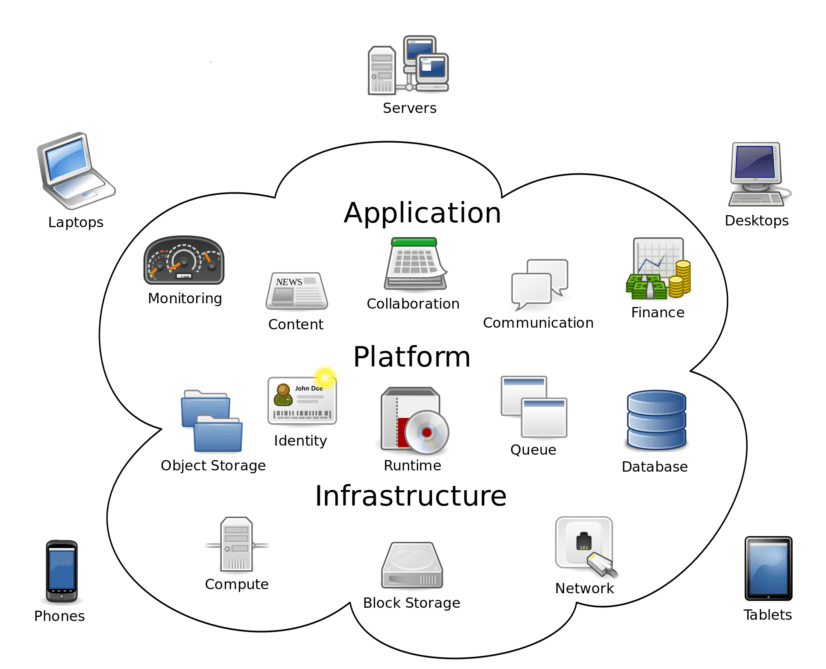


Virtualization uses software to create a pensiveness layer over computer hardware, which allows the single hardware components of a laptop/computer - processors, memory, storage etc... For distribution into various virtual machines, commonly known as virtual machines (VMs). Each virtual machine runs its own operating system and behaves like a separate computer, even though it only runs on part of the original hardware. In software engineering or service virtualization is a technique for emulating the behavior of specific components in various component-based applications such as API (Application Programming Interfaces)-based applications, cloud applications and service-oriented architectures. In the current modern age virtualization is a standard practice in enterprise IT architecture. It is also the technology driving the economics of cloud computing.
Software called hypervisors separates the physical resources from the virtual environments - the things that need those resources. Hypervisors can be installed on an operating system (like a laptop) or directly on the hardware (like a server), which is the case in most companies. Hypervisors use your physical resources and divide them up so that virtual environments can use them. Resources are shared from the physical environment to the many virtual environments as per requirement. Users interact with the virtual environment (usually called a guest machine or virtual machine) and perform computations there. The virtual machine acts as a single data file. And like any digital file, it can be moved from one computer to another and opened on both without being assumed to work in the same way.
Virtualization performs numerous benefits to data center experts and service providers.
 Slash your IT expenses
Slash your IT expenses
 Easier management
Easier management
 Minimal downtime
Minimal downtime
 Reduce downtime and enhance resiliency in disaster recovery situations
Reduce downtime and enhance resiliency in disaster recovery situations
 Faster provisioning
Faster provisioning
 Increase efficiency and productivity
Increase efficiency and productivity
 Move to be more green-friendly (organizational and environmental)
Move to be more green-friendly (organizational and environmental)
 Control independence and Development options
Control independence and Development options
 Resource efficiency
Resource efficiency
The main purpose of virtualization is to manage workloads by radically transforming traditional computing systems to make them more scalable. Virtualization has been part of the IT landscape for decades, and can now be applied to a wide range of system levels, including OS-level virtualization, hardware-level virtualization, and server virtualization.
Roost Tech is a virtual IT service provider that offers remote IT services, including network system monitoring, system error and glitch reporting, data backup, security, software, updates and remote system administration. There are several virtualization services listed below
 On-site virtual iT services
On-site virtual iT services
 Off site virtual iT services
Off site virtual iT services
 All types of performance testing (API Load , Failure case, long tern automation)
All types of performance testing (API Load , Failure case, long tern automation)
 Application virtualization services
Application virtualization services
 Cloud virtualization services
Cloud virtualization services
 Desktop virtualization services
Desktop virtualization services
 Storage virtualization services
Storage virtualization services
 Data virtualization services
Data virtualization services
 Linux virtualization services
Linux virtualization services
 Data center virtualization services
Data center virtualization services
 CPU virtualization services
CPU virtualization services
 Network virtualization services
Network virtualization services
 GPU virtualization services
GPU virtualization services